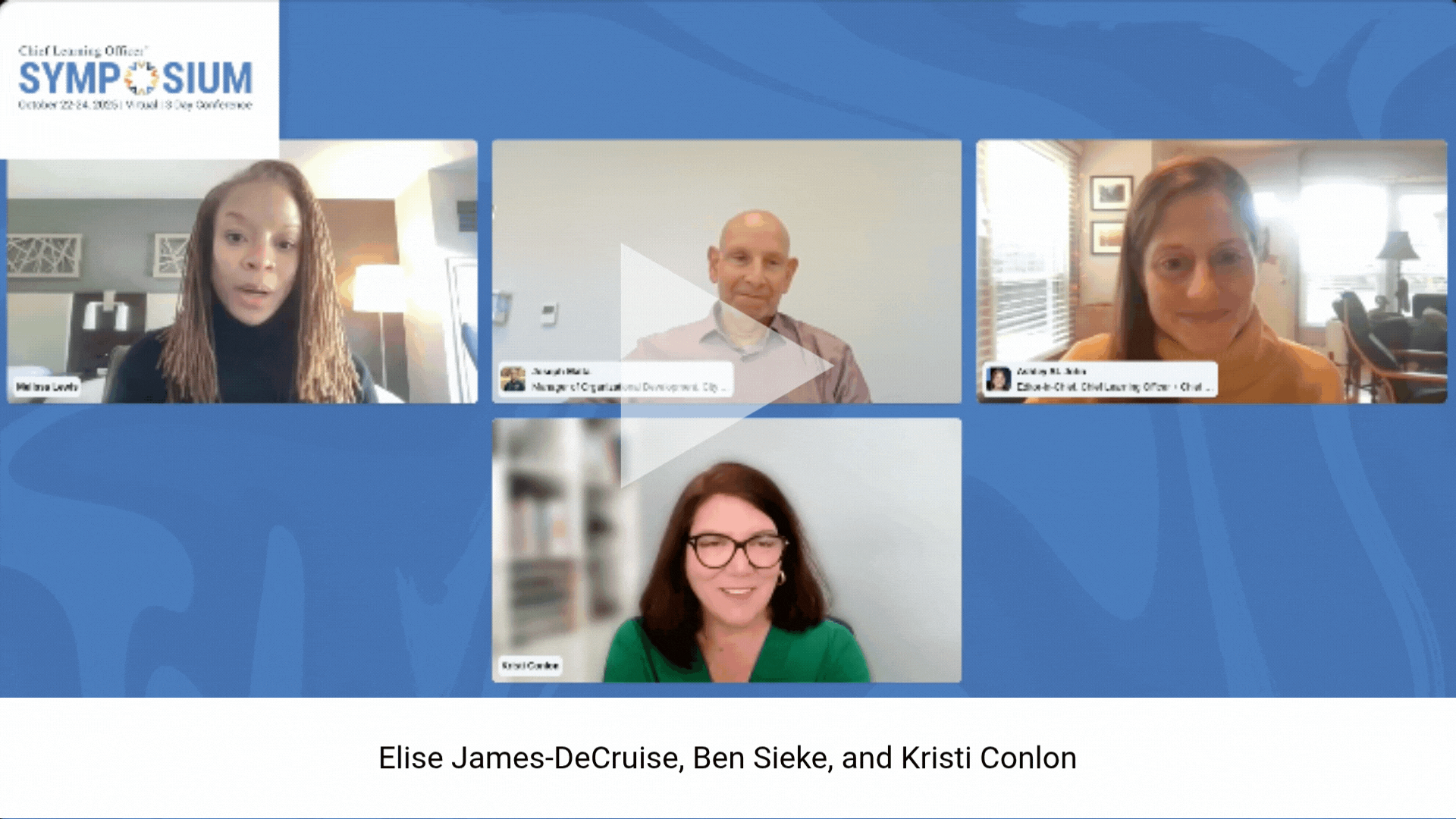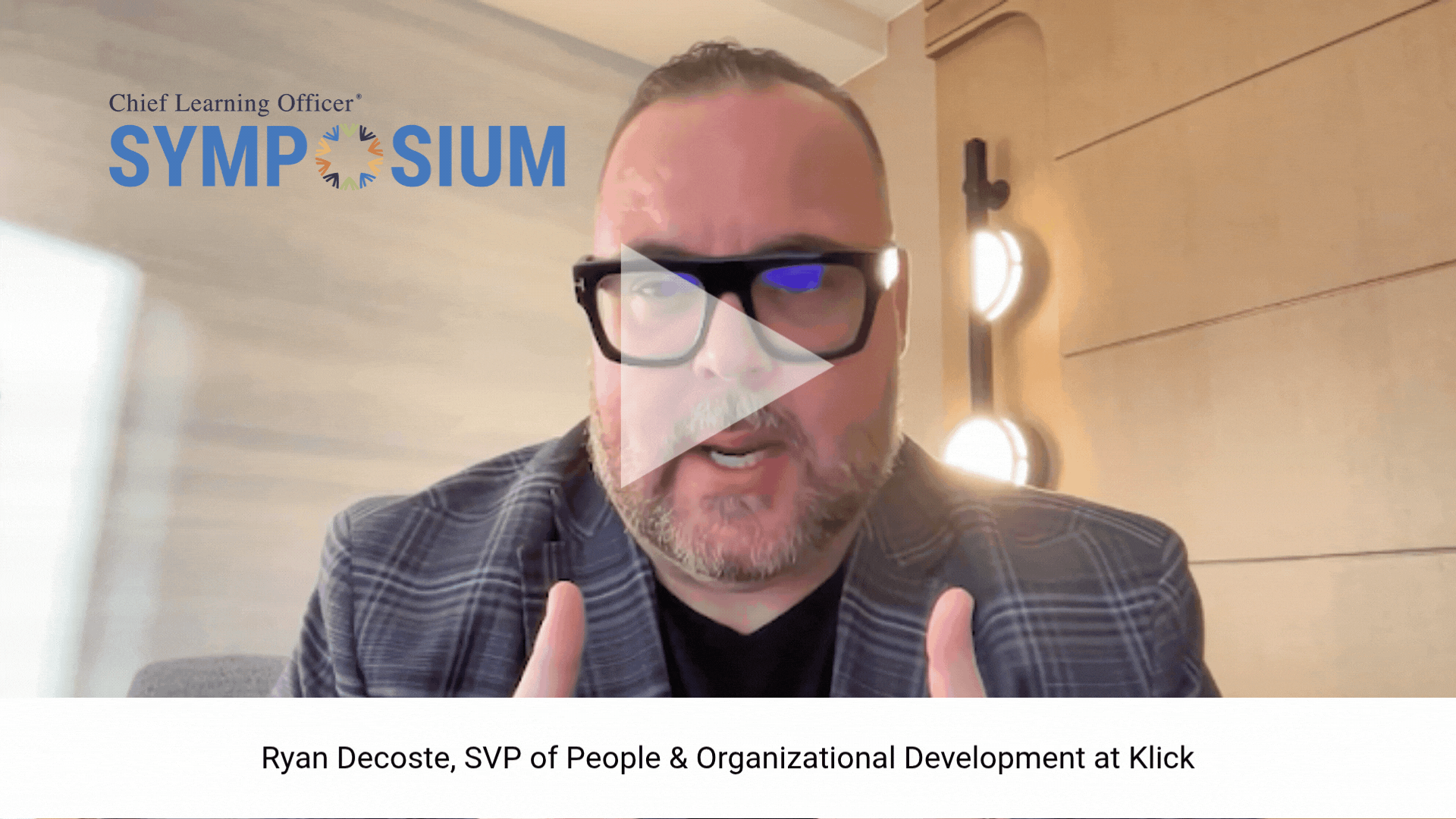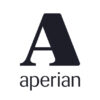One of the reasons on-demand learning has become so popular is that it operates at the same speed as business — employees need their information, and they need it right now. Thus, there are two qualities that make for successful on-demand development programs: speed and accessibility.
In the past few years, power tools provider Black & Decker has been in the process of transitioning its learning content to correspond to the needs of a geographically spread-out workforce that has to get pertinent information in the timeliest manner possible.
“We were 100 percent classroom-based five years ago,” said Bret Skousen, director of organizational and employee development for Black & Decker’s hardware and home improvement group. “We’ve really moved to a blended approach in the past three years. We offer virtual learning, live virtual learning, computer-based training and a whole plethora of instructor-led courses right here at our university and remotely.”
Most recently, Skousen and his team launched an on-demand learning pilot, which was rolled out to all of the hardware and home improvement group’s approximately 5,000 employees. One of the unique twists of this initiative is that the learners can design the course modules.
“We have this slogan: ‘Empowering great people,’” said Bill Connolly, e-learning manager for Black & Decker’s hardware and home improvement group. “I wanted it to be really easy for courses to be built for them and for them to contribute to the course-building process.”
Connolly, who has overseen much of the effort, said his experience at another company helped him shape his goals for the initiative. “I had come from a place (prior to joining Black & Decker) where it was a three- to six-month process to build big courses that were usually outdated by the time they were done,” he said. “What I discovered through those years was that rapid deployment of small courses was beneficial, and making everyone capable of commissioning a course would be empowering to them and would be a big help to the learning community.”
Among the first things Connolly did was build a basic sharable content object reference model (SCORM) player and a template people could use to build courses with tools such as PowerPoint and Captivate. Then, he added a video studio with tools such as a Mac equipped with iMovie, a video camera with a teleprompter, as well as sound and lighting equipment. “Anyone can walk in and have their message heard,” Connolly explained.
Not surprisingly, the employees have responded well to this empowerment. “It really took off,” Connolly said. “Once people knew they could do this, word got around quickly. It’s kind of like a field trip. They get to work with video equipment for an afternoon, and they get their voice heard. It’s exciting for them — it’s not like I have to drag them in there.”
In all of this, content accessibility has been emphasized. It is organized in an easy-to-find fashion, with courses embedded in sections on products on the Web, in e-mailed links with instructions in the message or in employees’ individual development plans.
“From the first courses that went out, we found we had to make some simple tweaks,” Skousen said. “For example, we were wondering why we got only 500 hits on something versus 1,000 hits on something. Well, Bill figured out that they didn’t know to click on the link, so he put a video button right in an e-mail that they could click on the picture, and that made the hits shoot up.”
Connolly said this has helped streamline operations. “My idea was that the courses should be in the places you’d expect them to be in your daily workflows,” he said. “We’re trying to get the bottlenecks out of things and plant courses where you’d expect to find them.”
Employees aren’t the only ones who appreciate this new approach — organizational leaders also have received these programs well, Skousen said. “When Bill did (on-demand learning) show and tells with the senior leaders, they just said, ‘Give us more and faster.’ They love it.”
In spite of the praise, however, Connolly is quick to point out that the programs weren’t especially elaborate or meticulous. Rather, they followed a simple, tried-and-true formula.
“We’re into subtlety and simplicity,” he said. “The stuff we’re building isn’t rocket science — it’s how we’re using it. And it’s working.”













